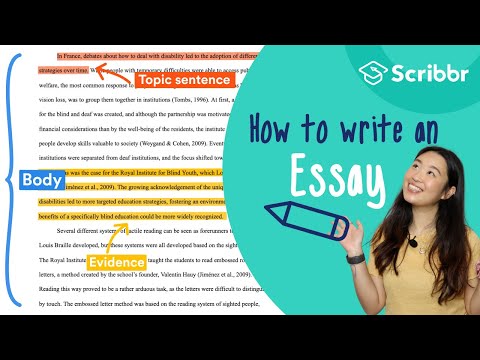When writing the conclusion of an essay, remember that you can include small pieces of new information, but not major ones. This will make your writing sound weak if you try to introduce too many new ideas or sources at once. It is also helpful to return to your main argument, so that your readers know exactly where you stand. For example, you may have considered different points of view during the essay, but your point of view must be clear.
Paraphrasing
In the conclusion of an essay, paraphrasing is a crucial technique that can reduce the chance of plagiarism. Paraphrasing is an effective way to present an author’s ideas in your own words. It can help you create a fresh and well-researched essay that stands out from the rest of the papers you have written. It can also prevent you from being accused of plagiarism if you follow proper citation practices.
A good paraphrasing example starts with a sentence that shows the changes made in the original text. Then, signaling terms introduce the author’s content. If you use a direct quote, you can include a complete sentence in your paraphrase. This way, your readers will know what to expect from the source material. It will also give you an idea of the kind of details you have included in the original text.
Citing concrete details
Writing a good essay can be difficult, but citing concrete details in the conclusion can help you create a powerful essay. This type of detail is often used to summarize an essay and motivate readers to think further. For example, an essay about a product might describe the lectern as the main element. Citing concrete details will make your readers understand how the product works. Here are some examples of concrete detail essays.
Whenever you use concrete details in your essays, make sure to cite them. Avoid using the phrase “in conclusion” as it’s superfluous. Instead, include the concrete details of your essay topic sentences in the last sentence. These are examples of citations in the conclusion of an essay. They will make your essay much stronger and will make readers feel that they have truly understood what you have written.
Calling for action
A call for action in the conclusion of an essay is a useful tool in bringing an argumentative paper to an end. It can rouse the base and jolt the reader to action, but it can also be overkill. A call for action in the conclusion of an essay should be brief, and reiterate the key points of the essay. In addition, it should never introduce new material in the conclusion, as this may detract from the original argument and confuse the reader.
A call for action can be placed at the end of any paper, but it works best at the end of a persuasive paper. Persuasive papers begin with a problem and move to a solution. A call for action is an argument to change the reader’s mind, forcing them to do something. For example, a paper about climate change might include a call to action. It can help the reader reflect on the claim and act accordingly.
Avoiding repeating yourself
The idea of avoiding repetition is simple. To avoid creating the lame effect of repetition, you can reword the question and select a synonym that fits better. Instead of using your own name repeatedly, use ‘he’ or’she’. This is a much better strategy. Avoid using the same words in both the introduction and conclusion. It shows that you understand the question and have chosen the right words to answer it.
The conclusion of an essay should restate your thesis and key points. It is important to note that most professors do not want you to repeat yourself in this part. Rather, they expect you to elaborate on your point, so you shouldn’t repeat yourself in the conclusion. To avoid repeating yourself in the conclusion of an essay example, start your writing with a strong thesis statement and restate the main points from the body.

